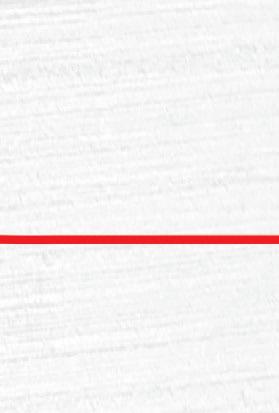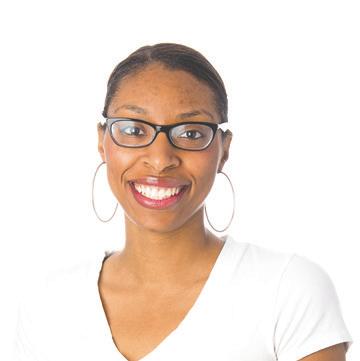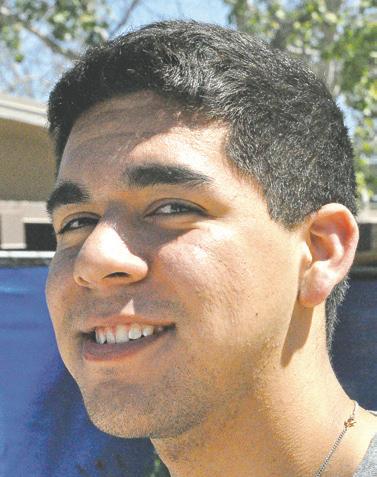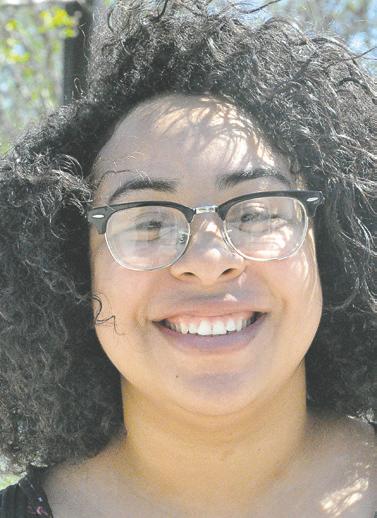
3 minute read
Should instructors require social media use for class?
outlets. Plus, students can ask questions on social media groups and get quick answers from their teachers or classmates.
Students that aren’t savvy with social media can also benefit from the experience.
Advertisement
Volume

Page
Page
–CORRECTIONS–

BRITTTANY HENDERSON bhenderson.roundupnews@gmail.com @BrittanyJanai

Social media has become an important part of life for many people and it’s rare to meet a person that doesn’t have a social media account.
Teachers should require students to use social media outlets for class because it would prepare students for the world they are living in today.
Students check social media outlets daily by logging in on their phones and computer devices, so encouragement from teachers to incorporate social media into their schooling shouldn’t be difficult.
If a social media group is created exclusively for students in a particular class, then it will protect the students’ privacy and give them access to assignments, as well as the opportunity to communicate with one another.
Students who created the account only because the teacher required it can delete it once the course ends.
Teachers can be more accessible to students if everyone is connected through social media
From a professional standpoint, there are employers that require applicants to submit information online for a job. The requirements may include creating an account for a specific company’s employment website. If students have the opportunity to learn how to create proper accounts, it can give them an edge professionally.
Social media outlets such as LinkedIn are popular among professionals that look for connections and jobs, and it proves that social media has more to offer from a career aspect.
Access to wireless Internet is now free for everyone in public places, so students will have the chance to use the Internet whenever it is needed. The excuse of wireless Internet not being available is nearly impossible to use. Computers are available to students in the library and throughout the Pierce campus if they do not have personal devices to use.
In addition, universities and community colleges have social media outlet accounts created for their schools, which allows people to follow them for updates, so it shouldn’t be an issue for teachers to make it a requirement for students to create one.
Social media is available for everyone to use, but teachers should not incorporate it into their classes.
Some teachers require students to use Facebook, Twitter, Pinterest and Tumblr for group projects, homework and some in-class activities or presentations.
Social media can create distractions for students and divert them from their studies. Some students might favor checking friends’ statuses or composing posts instead of actually paying attention in class.
People don’t inherently associate social media with school or education. Instead, it’s seen as a means of communicating with friends and family.
There are also people who don’t want to use social networks at all. If a class required some sort of social media interaction, then these individuals would feel forced to create accounts that they may have never opened under their own free wills.
From a statistical point of view,
Pew Research Center said that as of January 2014, 26 percent of adults do not use any social media. This not only forces students to create social media profiles but network with classmates who could potentially invade privacy.
Using social networks for classes can also be seen as an invasion of privacy since making a Facebook group or mass tweet on Twitter requires you to be added by whoever created the group or added by the teacher to stay informed about the class.
Furthermore, bringing social media into classes can cause disturbances. Occasionally, people get careless with language and semantics while online, or their messages get misinterpreted, which could lead to people getting offended and grades being lowered.

Social media should not be used by teachers since its name alone gives off the connotation that it’s meant for socializing with others, and socialization can clash with teaching and learning if it’s incorporated improperly.
Also, if students and teachers follow each other on social networks, there could be awkward situations caused by the personal content they post. Such situations can make people uncomfortable and possibly cause students to shy away from their peers or instructors and vice versa.

Social media shouldn’t be inserted into classrooms until it’s optimized for learning environments.
The deadline is 11:59 p.m. the Sunday prior to the issue date.
Editorial Policy:
The Pierce College Roundup position is presented only in the editorials.




Cartoons and photos, unless run under the editorial masthead, and columns are the opinions of the creators and not necessarily that of the Roundup.
The college newspaper is published as a learning experience under the college journalism instructional program. The editorial and advertising materials published herein, including any opinions expressed, are the responsibility of the student newspaper staff.
Under appropriate state and federal court decisions, these materials are free from prior restraint by the virtue of the First Amendment to the Constitution of the United States of America.
Accordingly, materials published herein, including any opinions expressed, should not be interpreted as the position of the L.A. Community College District, the college or any officer or employee thereof.
Editorial Board deems not to be a letter.






